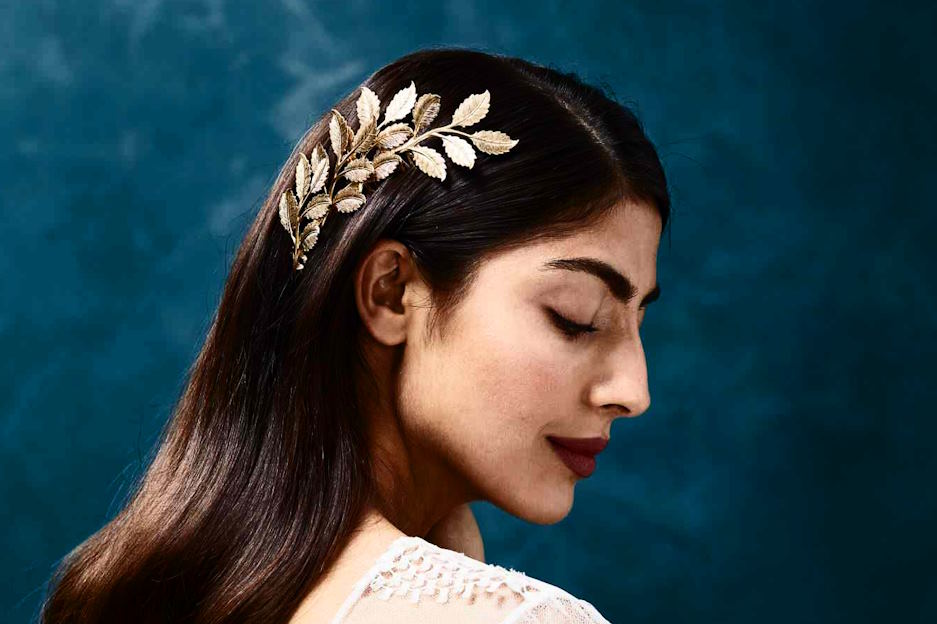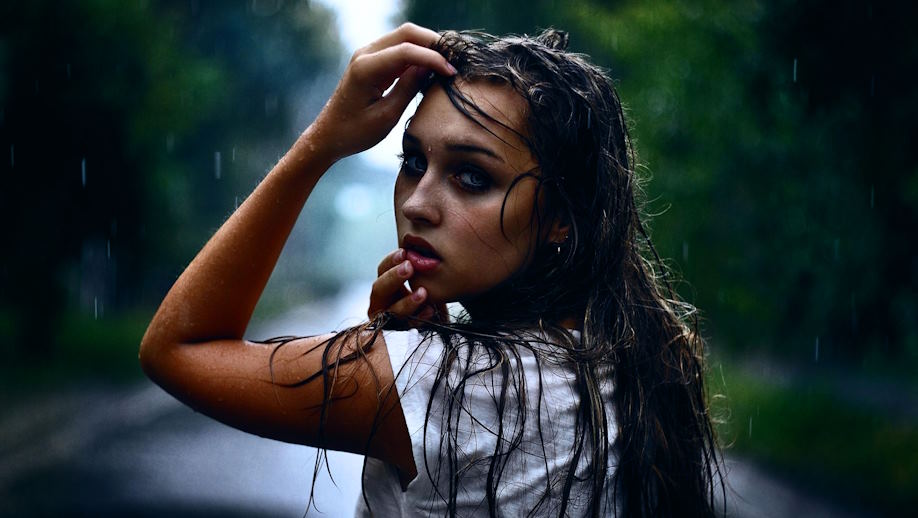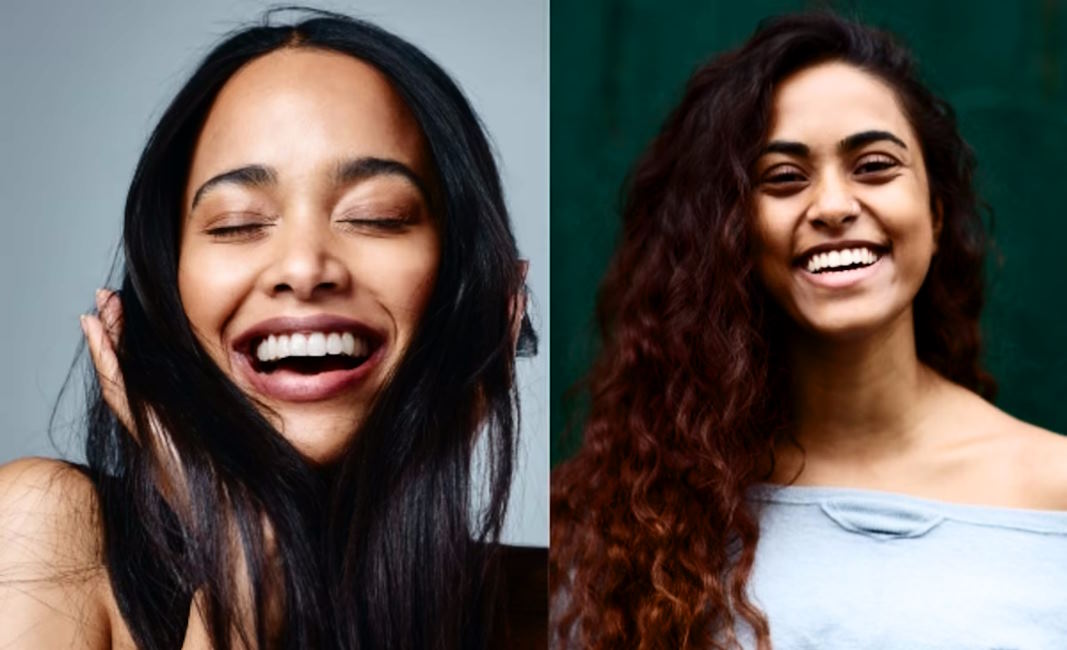
Hair plays a significant role in photography, contributing to the overall aesthetic and character of an image. However, capturing the beauty of different hair types can present unique challenges for photographers. Whether it’s straight, wavy, curly, or coily, each hair type requires specific techniques to showcase its texture, shape, and movement effectively.
Lighting and Composition Techniques
Soft lighting for straight and wavy hair:
When photographing straight and wavy hair, it’s essential to create a soft and flattering lighting setup. Harsh light sources can create unflattering shadows and highlights that may detract from the hair’s natural beauty. To achieve soft lighting, consider diffusing the light source. This can be done by using a softbox or umbrella to spread and soften the light. Diffused light helps to create even illumination, enhancing the smoothness and shine of straight and wavy hair.
Additionally, utilizing natural light can produce stunning results for these hair types. Seek out soft, indirect sunlight or shoot during the golden hour—the time just before sunset or after sunrise—when the light is warm and gentle. Natural light can add a beautiful and organic quality to the image, complementing the flow and texture of straight and wavy hair.
Creating contrast for curly and coily hair:
When photographing curly and coily hair, creating contrast is key to highlight the hair’s texture and shape. Backlighting can be an effective technique to showcase the hair’s natural volume and curls. Position the light source behind the subject, allowing the light to illuminate the edges of the hair, creating a halo effect. This technique helps to separate the hair from the background and brings out its unique texture.
In addition to backlighting, side lighting can be used to accentuate the hair’s texture further. Position the light source at a 45-degree angle to the subject, casting gentle shadows and enhancing the hair’s depth and dimension. However, be mindful of avoiding excessive shadows or overexposure, as this can distract from the hair’s natural beauty. Adjust the lighting intensity and position as necessary to maintain a balanced and visually pleasing result.
Composition and framing:
When composing your shot, it’s crucial to find a balance between the hair and the overall composition. Consider the placement and flow of the hair within the frame, ensuring that it complements the subject and the desired mood. Experiment with different angles and perspectives to find the most flattering and visually interesting composition.
To emphasize the hair, positioning and framing techniques can be employed. Frame the subject in a way that draws attention to the hair, such as placing it prominently in the foreground or using leading lines that guide the viewer’s gaze towards the hair. Experiment with different poses and movements to capture the hair’s natural flow and expressiveness. Remember, the composition should enhance the beauty of the hair while also considering the overall aesthetic of the image.
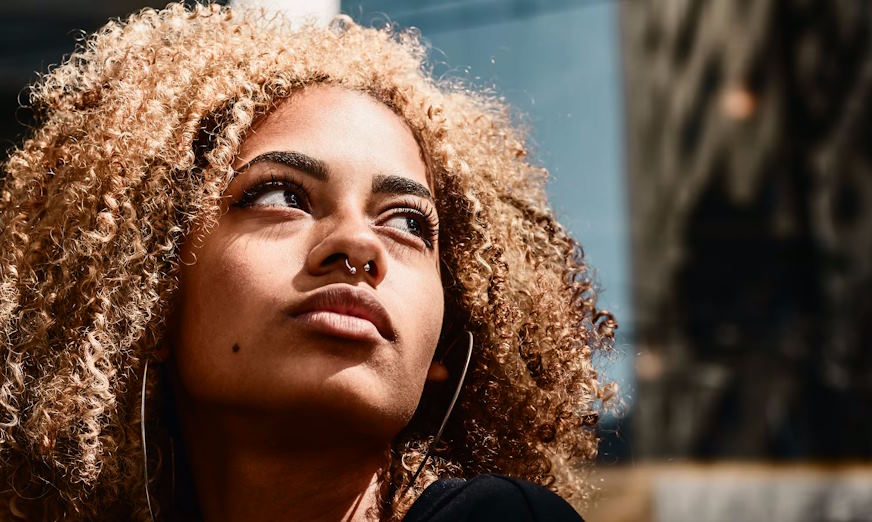
Poses and Expressions
Guiding models for natural and dynamic poses:
When photographing different hair types, guiding models towards natural and dynamic poses can greatly enhance the overall impact of the image. Encourage models to relax and be themselves, capturing their natural essence. Guide them with gentle prompts and suggestions to help them find comfortable and authentic poses. Avoid overly stiff or forced positions, as they can make the image appear unnatural.
To add dynamism to the shot, experiment with movement. Ask the model to walk, twirl, or play with their hair while you capture candid moments. Movement not only brings life and energy to the photograph but also allows the hair to flow and interact with the surroundings, adding an element of visual interest.
Encouraging expressions that complement the hair:
The right facial expression can enhance the overall impact of a photograph, particularly when it complements the beauty of the hair. Encourage models to showcase confidence and joy, allowing their expressions to reflect their personal style and attitude. For straight and wavy hair, a serene or softly smiling expression can accentuate the elegance and grace of the hair. For curly and coily hair, a vibrant and playful expression can bring out the hair’s energy and liveliness.
It’s important to establish a comfortable and trusting rapport with your models, allowing them to feel at ease and express themselves freely. Engage in conversation, create a relaxed atmosphere, and provide positive feedback to help models feel confident and natural in front of the camera.
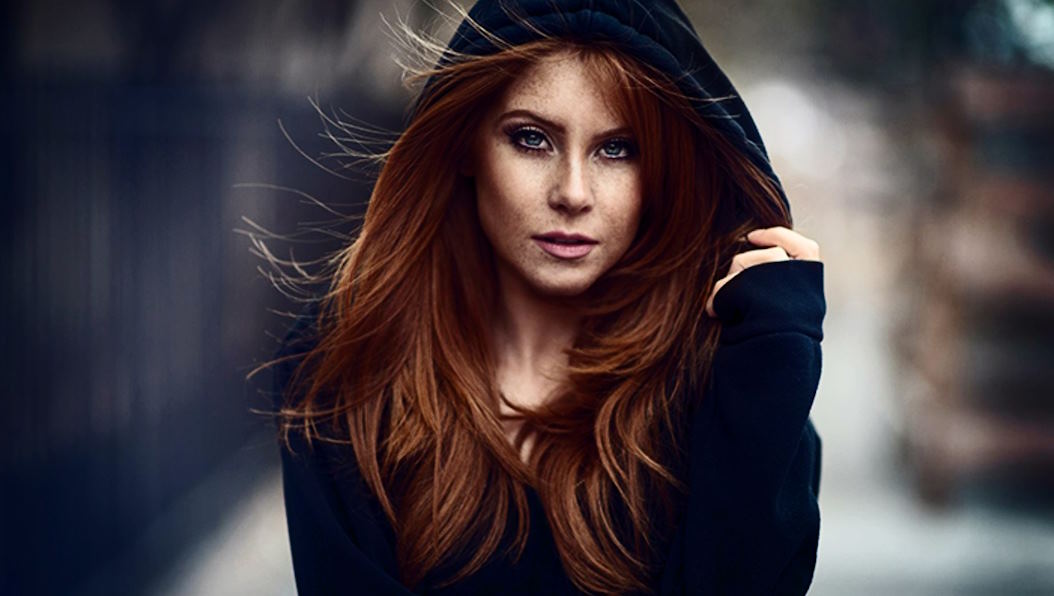
Embracing Diversity and Inclusion
Appreciating the beauty of different hair types:
One of the most important aspects of photographing different hair types is appreciating the inherent beauty and diversity they bring. Each hair type is unique and carries its own charm, whether it’s the sleekness of straight hair, the natural waves of wavy hair, the intricate curls of curly hair, or the stunning coils of coily hair. By recognizing and celebrating the beauty of each hair type, photographers can capture images that showcase the rich tapestry of human diversity.
Avoiding cultural appropriation and insensitivity:
While photographing different hair types, it’s crucial to be mindful of cultural appropriation and avoid insensitivity. Hair holds deep cultural significance and is often tied to individual and collective identities. Respect the cultural context and history associated with specific hairstyles and avoid appropriating them without understanding their significance. It’s essential to research and educate oneself on the cultural backgrounds and meanings behind different hairstyles, being mindful not to exploit or misrepresent them.
Celebrating diversity through photography:
Photography has the power to amplify diverse voices, stories, and experiences. Embracing diversity through photography means intentionally including and representing individuals with different hair types and backgrounds. By featuring a range of hair textures, colors, and styles, photographers can contribute to a more inclusive and equitable representation of beauty. This not only empowers individuals to embrace their unique hair but also encourages viewers to appreciate and celebrate the diversity that exists within our society.

